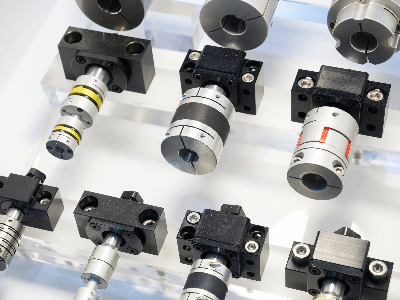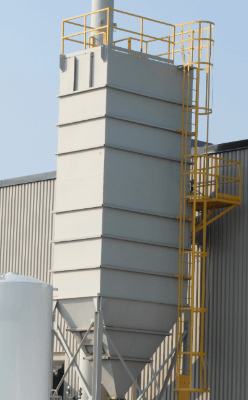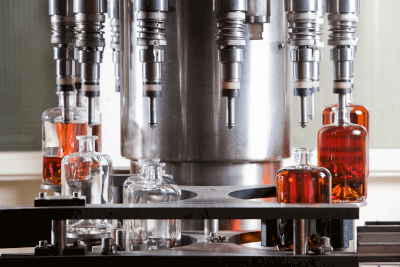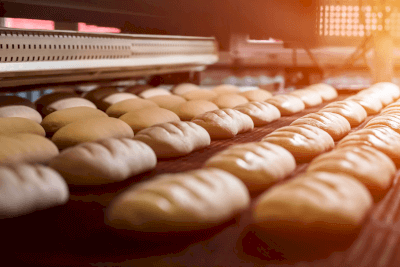What Is a Set Screw?
A set screw is a type of fastener used to secure an object within or against another object, typically without the use of a nut. Unlike standard screws, set screws are fully threaded and designed to be inserted into a pre-threaded hole to adjust or secure different components.
Set screws are commonly recognized for their lack of a head, allowing them to sit flush with the surface of the object they secure. They can be tightened and loosened using various tools, such as hex wrenches for models with hexagonal sockets or flathead screwdrivers for slotted versions.
The hexagon socket set screw is also known by names like “potato screw” or “enamel set”.
Applications of Set Screws
Set screws are widely used in mechanical applications to fix gears, pulleys, and other components onto shafts. They are particularly valuable in situations requiring precise adjustment or securement without significant force, such as positioning a pulley on a motor’s output shaft. However, their use necessitates caution in high-precision assemblies due to potential misalignment caused by the screw’s pressure.
Beyond fixation, set screws also serve in adjusting the force applied by components like compression springs, allowing for fine-tuning of mechanical actions.
Features of Set Screws
Set screws offer a compact, non-protruding solution for component fixation, saving space and reducing cost. They come in various tip designs for different applications, including:
1. Cup Point
The most common type, featuring a concave tip that grips the mating material securely.
2. Flat Point
These have a flat end, minimizing damage to the target material, and are suitable for repeated use.
3. Cone Point
Cone-point set screws have a sharp end that offers excellent resistance against rotation.
4. Dog Point
With a cylindrical end, dog point set screws are ideal for permanent location and alignment within predefined holes.
Types of Set Screws
Set screws vary by drive type, including:
1. Hexagon Socket Set Screw
Featuring a hexagonal indent, these are tightened with a hex key and are versatile for deep holes and secure fastening.
2. Slotted Set Screw
These have a single slot and are adjusted with a flathead screwdriver, suitable for precise, low-torque applications.
3. Square Head Set Screw
With a square external head, these are typically adjusted with a wrench and can be used for both securing and adjusting components.
How to Choose a Set Screw
Material choice for set screws includes steel, stainless steel, and nonferrous metals, selected based on compatibility with the components being secured. Special attention should be paid to material combinations to prevent corrosion or damage, particularly when metal meets resin. Using a locking agent can help prevent loosening in vibration-prone environments.





